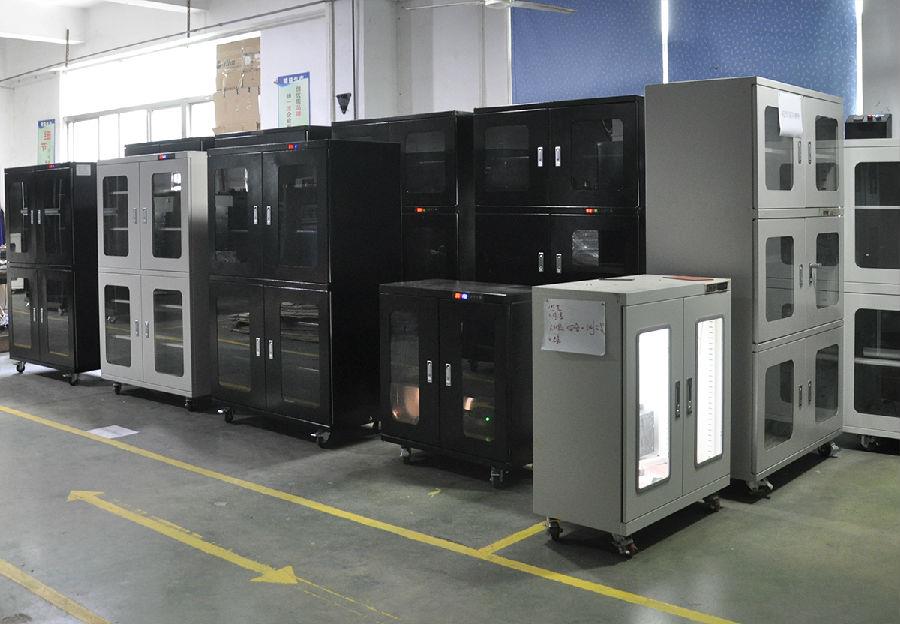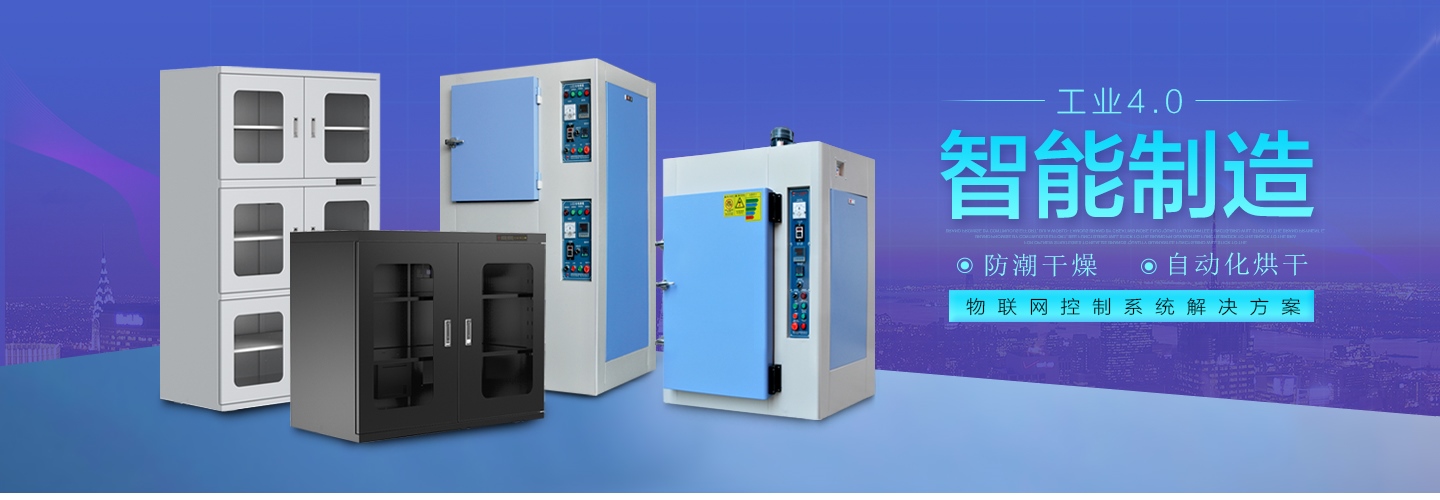Electronic moisture-proof cabinets mainly use dehumidification and dehumidification technologies that can effectively reduce the original moisture in a specific volume space in a space that can ensure airtightness, so that the humidity in the cabinet can meet the required set value. Therefore, the airtightness of the electronic moisture-proof cabinet is one of the main factors that directly affect the dehumidification efficiency and stability of the electronic moisture-proof cabinet. Only the cabinet itself must have a good "air tightness" in order to effectively prevent the external humid air from penetrating into the cabinet. However, the normal use of electronic moisture-proof cabinets is that the external humidity is high. In this case, if the cabinet door cannot guarantee the airtightness, the low-humidity air in the cabinet and the high-humidity air outside the cabinet convection, if this convection speed is much greater than the dehumidification of the electronic moisture-proof cabinet Dehumidification speed, then the humidity of the electronic moisture-proof cabinet will be difficult to reach the set value, even if it can reach, the load on the electronic dehumidifier core is also very large.
Shenzhen Yihexing Industrial Moisture-proof Cabinet is made of Baosteel's 1.2mm high-quality steel plate by stamping and bending. The material is cleaned and rust-proofed through multiple procedures before the material is made. The airtight design is resistant to aging. The door seal and rubber strip are built-in. Airtight installation method, no air leakage, to ensure the sealing performance in the box. Yihexing moisture-proof cabinet can quickly and stably dehumidify, and provides three different humidity control systems to meet different needs!
Medium humidity: 20%-60%RH fixed-point adjustment (particularly recommended: cameras, video cameras, general laboratory equipment, microscopes, measuring instruments, electronic parts, etc.)
Low humidity: 10%-60%RH fixed-point adjustment (special recommendation: various electronic parts, precision metal materials, chemical raw materials, chemical agents, etc.)
Ultra-low humidity: 5%-60RH fixed-point adjustment (particularly recommended: various types of precision electronic components, research institutes, military industry, aerospace, precision devices, etc., where high-value humidity-sensitive devices are stored)

